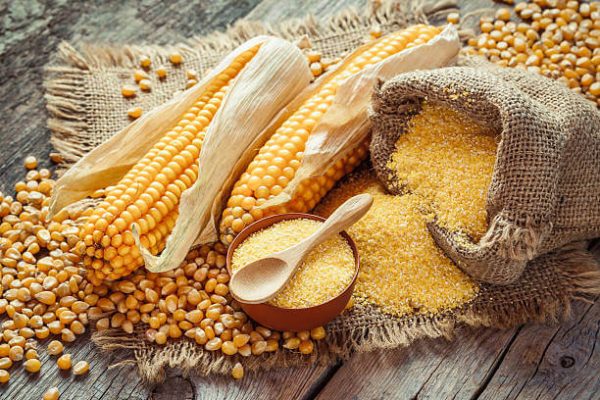Project Report For Maize processing
Introduction
Project report for Maize processing is as follows.
Maize processing, often known as corn processing, refers to a set of processes and procedures for converting raw maize kernels into a variety of usable goods. Maize is one of the world’s most important cereal crops, and its processing is critical to satisfying global demand for food, feed, and industrial purposes. Maize processing generally consists of numerous processes. The maize kernels are first harvested and gathered from the fields.
Following that, the kernels are cleansed to eliminate any contaminants like as dirt, stones, or other foreign objects. This cleaning procedure guarantees that only high-quality maize kernels are utilised in further processing.
Depending on the desired end products, maize kernels can be processed in a variety of ways. Milling is a popular procedure through which kernels are crushed into flour. The milling process involves crushing the kernels into various particle sizes, which may then be processed into various grades of maize flour.
Maize flour is widely used in baking, cooking, and as a staple diet in many cultures. Maize oil production is another essential component in maize processing. This is accomplished by extracting oil from the germ, which is the nutrient-rich interior section of the maize kernel. Mechanical pressing or solvent extraction procedures might be used to remove the material. Maize oil is often used in cooking, salad dressing, and a variety of culinary items.
Maize processing is a sophisticated and highly efficient sector that employs cutting-edge technology and equipment to maximise production and product quality. Not only does the process offer important food items, but it also benefits the economy by generating job opportunities and helping the agriculture industry.

Benefits Of Maize Processing
Product Variety: Maize processing allows for the creation of a wide range of goods such as maize flour, maize oil, maize starch, and maize bran. These goods have a wide range of applications in the food business, including ingredients for baking, cooking, and food processing. Maize starch is also utilised in industrial applications such as the manufacturing of paper, textiles, adhesives, and biodegradable polymers.
Food Security And Nutrition: Maize processing is crucial to improving food security and nutrition. It aids to the availability of staple foods in many places by processing maize kernels into diverse food items such as maize flour. Because maize is high in carbs, dietary fibre, and critical elements including vitamins and minerals, processed maize products are crucial for a well-balanced diet.
Value Addition: Maize processing adds value to the raw grain, allowing farmers and processors to charge better prices for processed maize products compared to raw maize. This value addition benefits farmers and encourages agricultural expansion by improving the economic potential of maize agriculture.
Employment and Rural Development: Maize processing plants generate jobs in both rural and urban regions. From maize farmers to workers at processing factories, the maize processing business creates jobs, contributing to rural development and economic progress. It helps to reduce unemployment, improve lives, and assist local communities.
Market Potential Of Maize Processing
The global maize processing market was valued at around USD 68 billion in 2020 and is projected to reach USD 88 billion by 2026, with a compound annual growth rate (CAGR) of around 4% during the forecast period.
The growth of the market can be attributed to the increasing demand for maize-based products, especially in developing countries where maize is a staple food. Maize processing can be classified into two categories: dry milling and wet milling. Dry milling involves the grinding of maize grains into flour, meal, and grits. Wet milling, on the other hand, involves soaking the maize grains in water and processing them into various products such as starch, sweeteners, and ethanol.
The demand for maize flour is the largest segment of the market, followed by maize-based animal feed. Maize flour is used in the production of a wide range of food products such as bread, pasta, and snacks. The demand for maize-based animal feed is driven by the growing meat consumption in developing countries.
The Asia-Pacific region is the largest market for maize processing, followed by North America and Europe. The growth of the market in Asia-Pacific is attributed to the increasing demand for maize-based food products in countries such as China and India. North America and Europe are mature markets for maize processing, but they are expected to grow at a moderate pace during the forecast period.
Project Report Sample On Maize Processing
Need Help?
Create 100% Bankable Project Report

